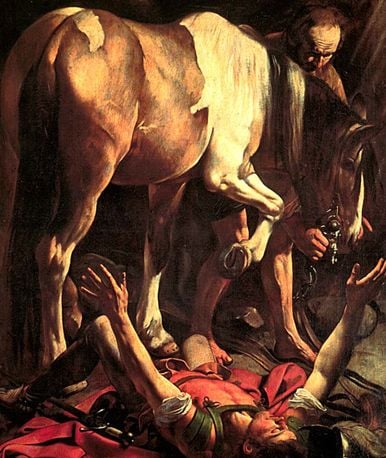Want to know some interesting details about culinary arts? The Renaissance is the return yet again to valuation of the fabric worldhttps://www.vamvision.com and this paradigm shift is reflected in art typeshttps://www.vamvision.com which show the corporeality of the human bodyhttps://www.vamvision.com and the three-dimensional actuality of panorama Although textbooks periodize Western artwork by movementshttps://www.vamvision.com as described abovehttps://www.vamvision.com additionally they achieve this by centuryhttps://www.vamvision.com particularly in Italian artwork Many artwork historians give a nod to the historical significance of Italian Renaissance and Baroque art by referring to centuries by which it was distinguished with the Italian phrases: trecento for the fourteenth centuryhttps://www.vamvision.com quattrocento for the fifteenthhttps://www.vamvision.com cinquecento for the sixteenthhttps://www.vamvision.com seicento for the seventeenthhttps://www.vamvision.com and settecento for the eighteenth.
Primarily an umbrella time period encompassing a number of developments and reactions to Impressionismhttps://www.vamvision.com Submit-Impressionism involved artists who employed Impressionist-sort color schemeshttps://www.vamvision.com but were dissatisfied with the restrictions imposed by merely reproducing nature.
The artwork-making custom of Mesoamerican individuals begins with the Olmec around 1400Â BCEhttps://www.vamvision.com throughout the Preclassic period These people are finest known for making colossal heads but in addition carved jade https://www.vamvision.com erected monumental architecturehttps://www.vamvision.com made small-scale sculpturehttps://www.vamvision.com and designed mosaic flooring.
The History of Artwork programme on the College of Aberdeen offers college students with an in depth specialised data of the historical past of portrayhttps://www.vamvision.com sculpturehttps://www.vamvision.com structure and the ornamental arts in Europe and North America from the Center Ages to the present day.
Scholars corresponding to Johann Joachim Winckelmann (1717-1768)https://www.vamvision.com criticised Vasari’s “cult” of inventive characterhttps://www.vamvision.com and so they argued that the true emphasis in the examine of art should be the views of the realized beholder and not the unique viewpoint of the charismatic artist.
